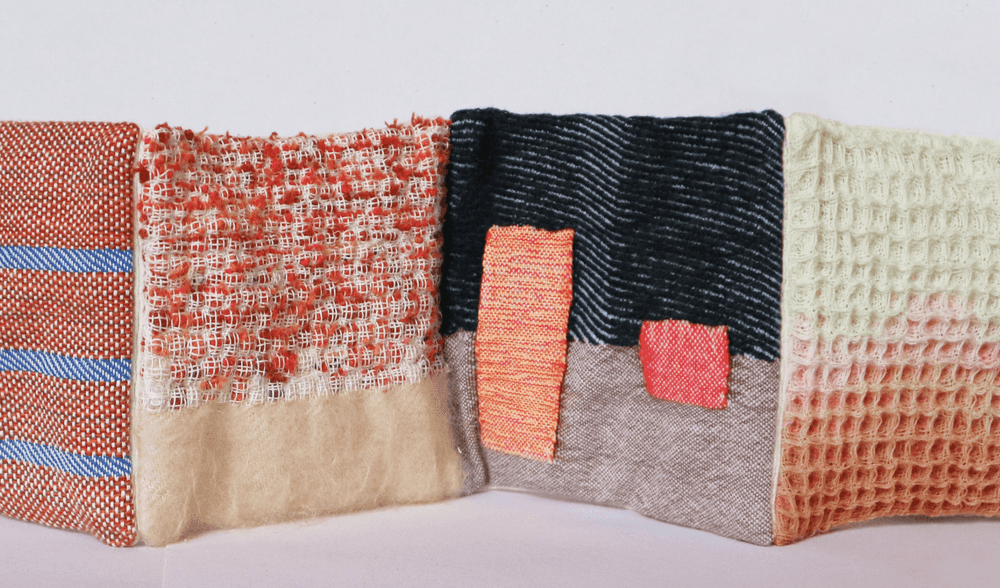
Weaving Symbiosis
How I made my woven book, telling five symbiosis stories
30th May 2021
Did you know that there are small hermit crabs, that take sea anemones with them on their shells, everywhere they go?
The crabs do this to protect themselves from predators, but the otherwise immobile anemone gets to travel around to new feeding grounds, eating what the crab drops. This is mutualistic symbiosis, when two living organisms benefit from each other by both giving and taking. See this relationship in real life here.
To me, this is a small and lovely window into that utopian ‘perfect world’ of circular economy and equality. It’s inspiring to see and to learn about, and as I find myself with the skills to create (currently in the form of woven textiles) I wanted to combine this with my love and passion for this weird and wonderful planet.
The process
It's important to me that all of my work is made from natural materials, not just for the great feel and look of them but because of the better impact they have on our planet than other synthetic fibres. In this piece you can find different types of wool, cotton and silk.
I chose soft and hairy mohair to represent the floaty movements of a sea anemone, and thick, fuzzy, black lambswool for the fur of a zebra. My favourite is the pocket structure stuffed with waste yarn to make a textural and bumpy surface – this is to represent a crab carapace.
The book is soft, filled with silk noil tops a beautifully soft fibre that’s either a waste product from the production of silk, or it’s made by using silk where the worms are allowed to break their cocoons and live. You can read more about silk production here.
The book
This piece is designed to be a sensory experience, drawing on the senses of touch and sight. Sometimes it’s difficult to be inspired by reading words on their own, so this is a physical and tactile book that’s accompanied by words. It belongs in a bookcase, to be read like any other book telling the tales of hermit crabs and anemones, crocodiles and plover birds, moray eels and cleaner wrasses, zebras and oxpecker birds, and coral and zooxanthellae algae.
Feel free to be curious and research them, and take a peek at my woven interpretations of them here.